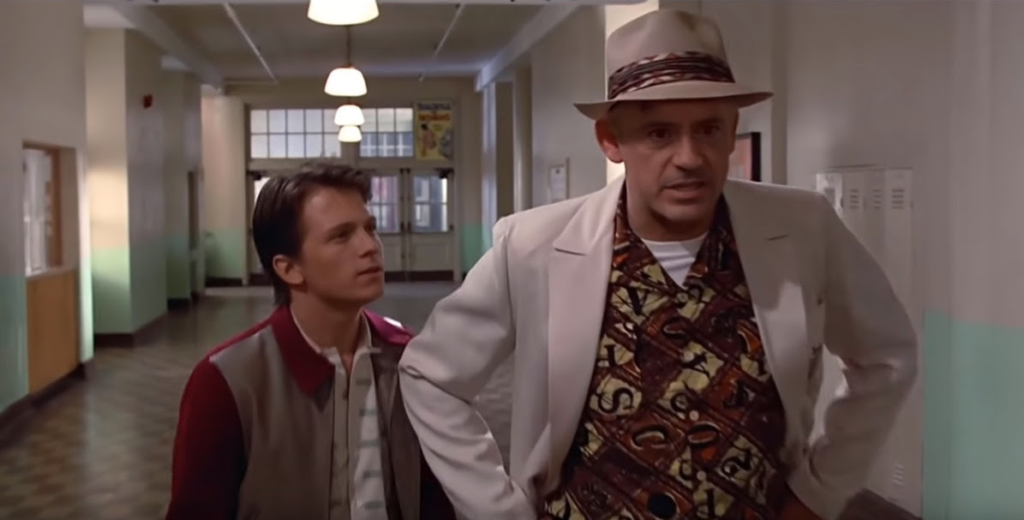 Do you believe what you see? Did Obama really say that (he probably did but not on video)? What are Spiderman and Iron Man doing in Back to the Future? Deep fakes, like YouTuber EZRyderX47’s Back to the Future deepfake video (image featured here), are getting better and better and humans remain the best judges of the truth despite the efforts of AI. Can you tell real from fake? And if you could, would you share it?
Do you believe what you see? Did Obama really say that (he probably did but not on video)? What are Spiderman and Iron Man doing in Back to the Future? Deep fakes, like YouTuber EZRyderX47’s Back to the Future deepfake video (image featured here), are getting better and better and humans remain the best judges of the truth despite the efforts of AI. Can you tell real from fake? And if you could, would you share it?
The dissemination of false information online is a well-recognised societal problem. There is growing concern that credible fake videos (deepfakes) constitute a new and particularly potent form of online disinformation, challenging long held views that video and photographic evidence is reliable, potentially eroding our already challenged trust in information sources and promoting disengagement from democratic processes.
In response to this problem, there has been an extensive body of research into artificial intelligence (AI) methods of deepfake detection and the Facebook Deepfake Detection Challenge. Human vulnerability to deepfakes, however, remains largely unexplored.
Your participation in this study, created by Dr Simon Cropper, Dr Gergely Nyalasy, Sarah Lorenz and Jennifer Nguyen from the University of Melbourne, will help us to better understand how well people can identify fake videos and what aspects of those fakes give them away.
Take the ‘Fake Out’ challenge and find out if you can spot a deepfake!
The challenge will take around 15 minutes to complete and we recommend you use a desktop computer rather than a mobile if possible (although it should work on a mobile with a fast connection). You will be redirected to the Qualtrics website to do the study.
